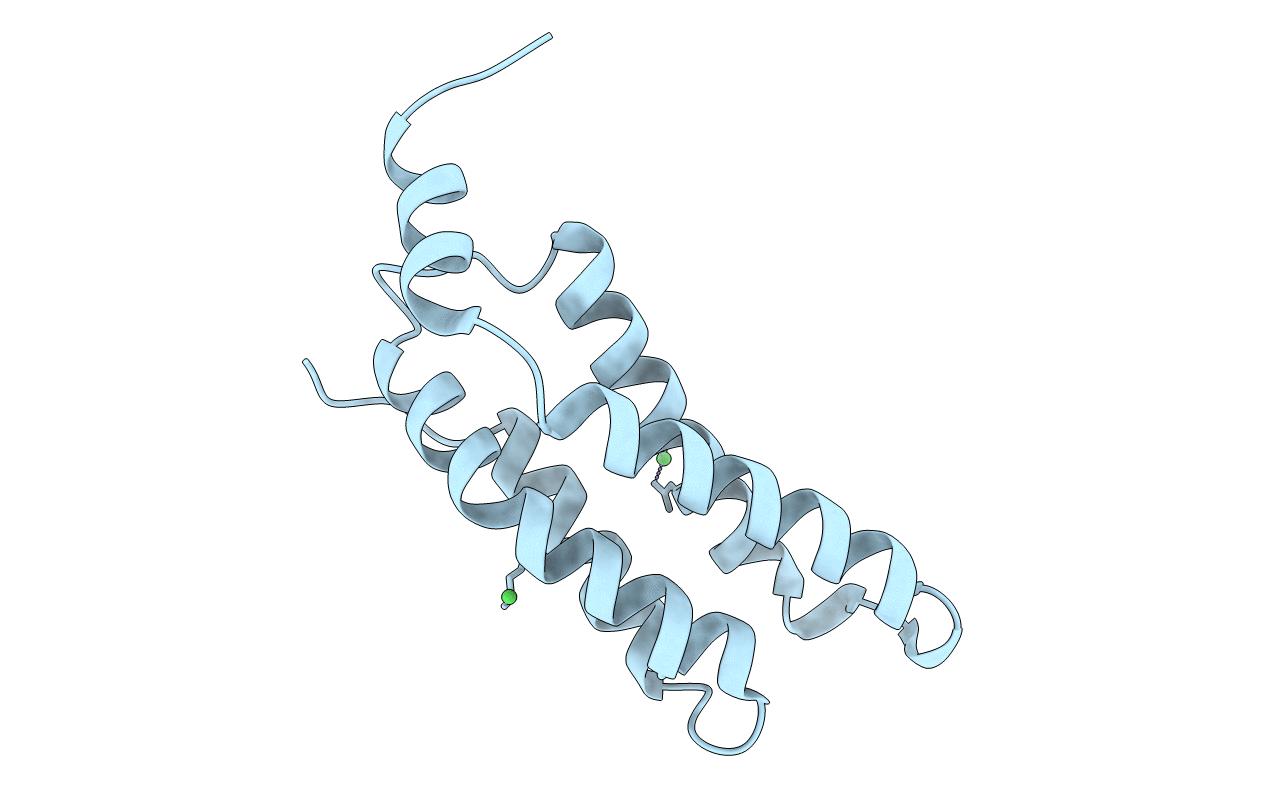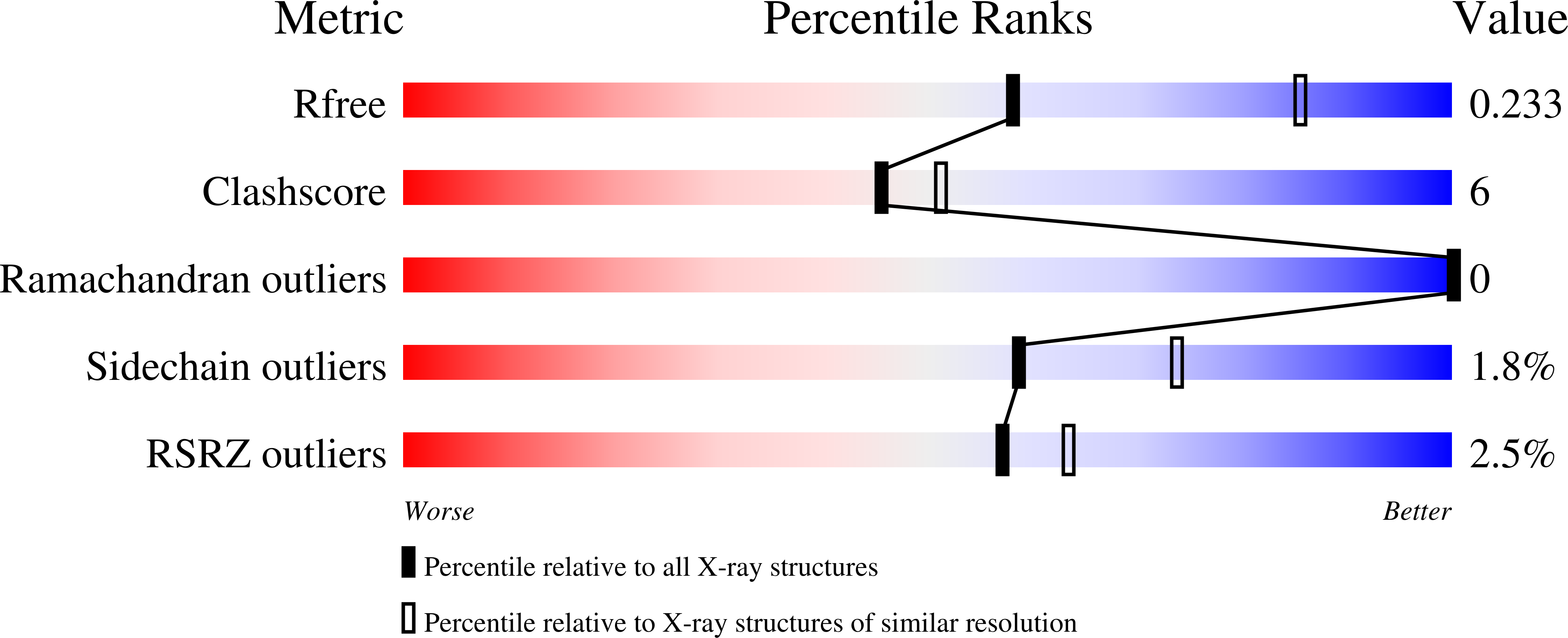
Deposition Date
2020-12-30
Release Date
2021-06-16
Last Version Date
2023-10-18
Entry Detail
PDB ID:
7L7W
Keywords:
Title:
Crystal structure of Arabidopsis NRG1.1 CC-R domain K94E/K96E mutant
Biological Source:
Source Organism:
Arabidopsis thaliana (Taxon ID: 3702)
Host Organism:
Method Details:
Experimental Method:
Resolution:
2.55 Å
R-Value Free:
0.23
R-Value Work:
0.19
R-Value Observed:
0.19
Space Group:
H 3


